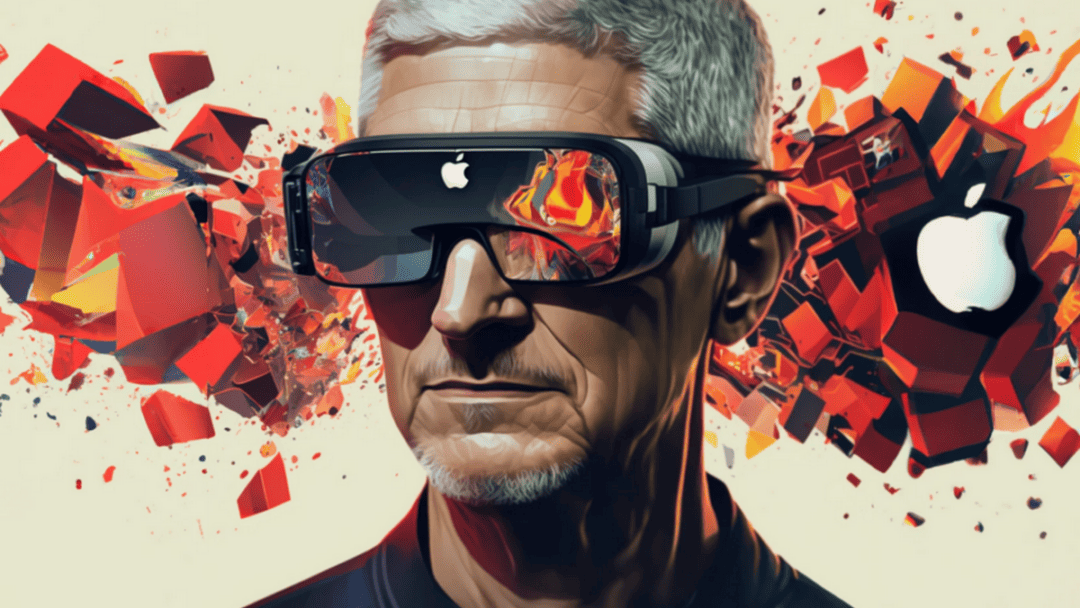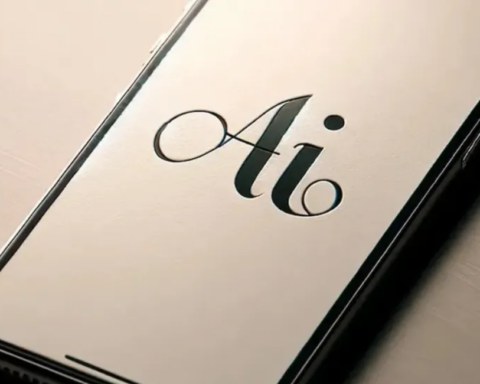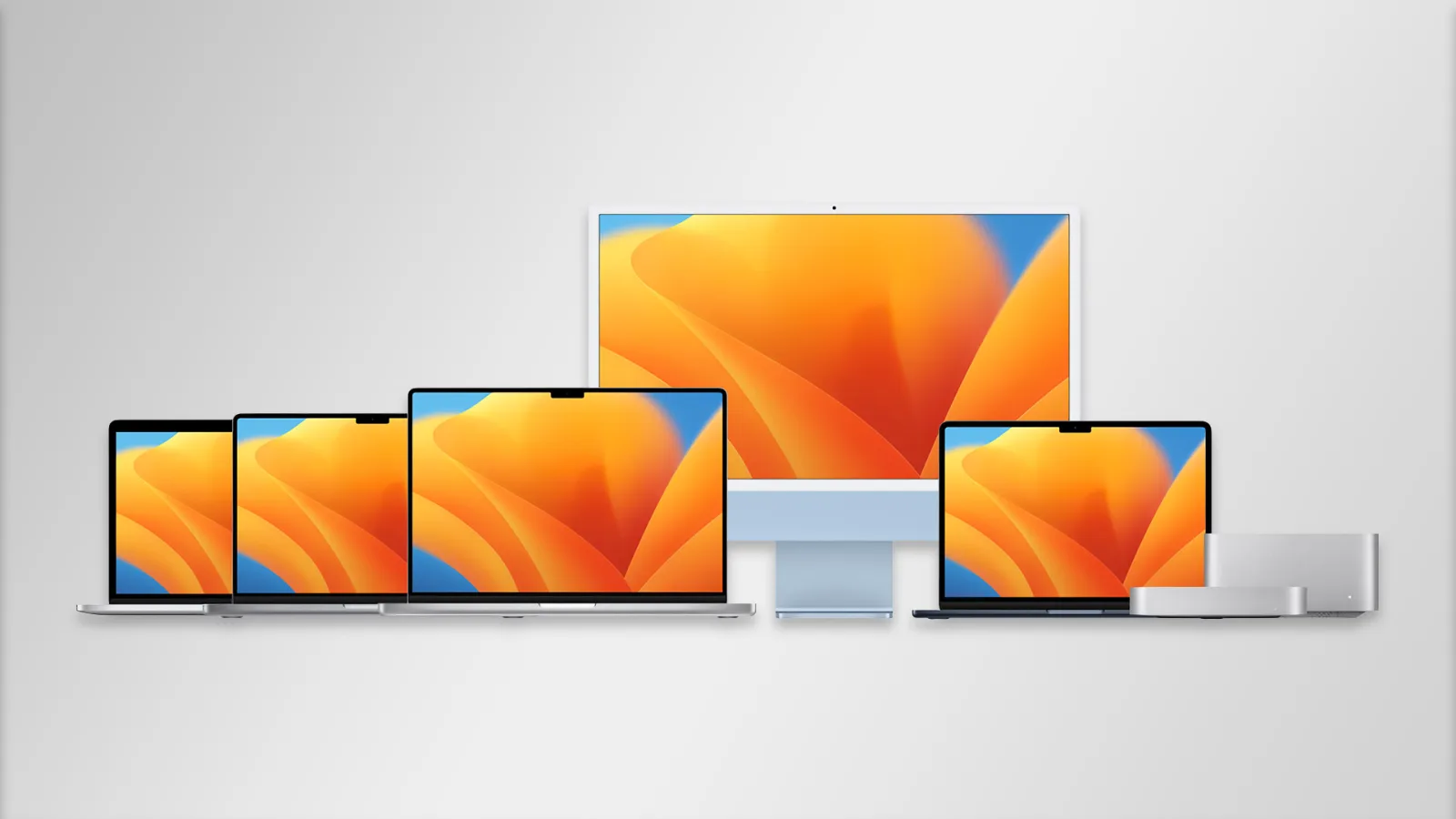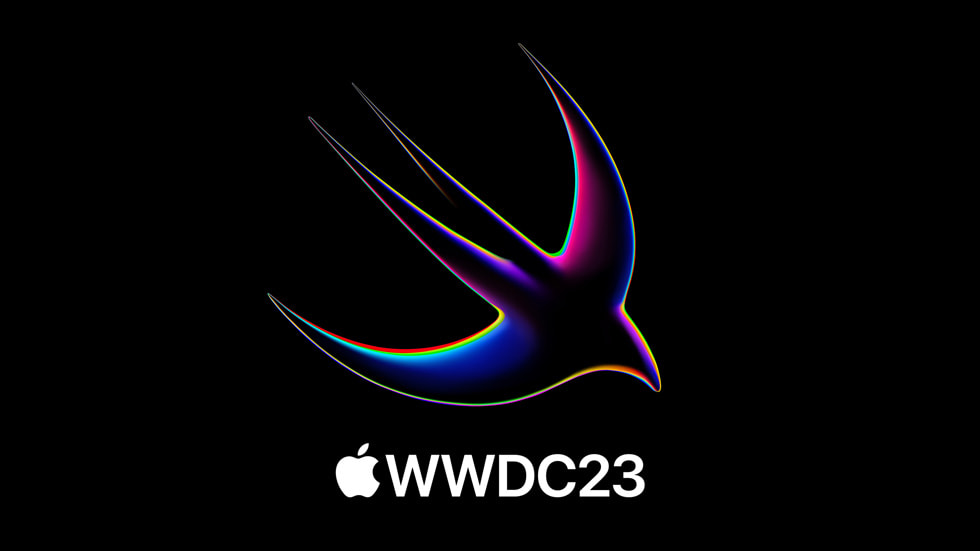At this point, we feel that we are repeating ourselves with the extensive coverage surrounding the upcoming mixed reality headset from Apple. After years of anticipation and several delays, Apple’s much-discussed Mixed Reality Headset is finally expected to make its debut. Speculations about Apple’s foray into augmented and virtual reality have been circulating for quite some time, and now it seems that the company is ready to unveil its new technology. According to recent reports, Apple is likely to showcase its long-awaited product during the upcoming WWDC (Worldwide Developers Conference) in June. Notably, renowned Apple analyst Ming-Chi Kuo shares this sentiment and believes that the announcement is highly probable.
Apple’s Mixed Reality Headset announcement is “Highly Likely” at WWDC’23
Kuo’s change in stance is noteworthy, as he had previously indicated that Apple had pushed back production until the third quarter of 2023, thus ruling out a WWDC unveiling. However, the latest developments seem to have altered his perspective, and he now appears to be quite optimistic about the event. It’s worth mentioning that Apple’s approach to augmented and virtual reality has undergone multiple iterations and faced significant delays, but with Kuo’s endorsement, there seems to be a renewed sense of confidence surrounding the release of the Mixed Reality Headset.
As tech enthusiasts eagerly await Apple’s announcement, it’s important to approach these rumors with cautious optimism. While Kuo’s track record in predicting Apple’s moves has been commendable, official confirmation from the company is still necessary to ascertain the specifics of the upcoming product. If Apple does indeed unveil its Mixed Reality Headset at WWDC, it will undoubtedly be a highly anticipated moment, as the tech giant’s entry into the augmented and virtual reality market is expected to make a significant impact.
In a brief analysis published to Medium on Monday (15), Kuo stated that the announcement of the headset the next month “bodes well” for the share price of the supplier chain. Even five of the device’s components that, in the analyst’s opinion, had the “most expensive material costs” were listed.
In a nutshell, the parts consist of twin M2-based processors, 12 optical cameras for motion tracking, a headset housing, and 4K micro-OLED displays. These parts are specifically manufactured by Sony, TSMC, Everwin Precision, Cowell, and Goretek.
Headset not meant for the general consumer
While the exact pricing for Apple’s upcoming Mixed Reality Headset is yet to be confirmed, industry experts speculate that it could come with a hefty price tag of approximately $3,000. Undoubtedly, such a price point places the device beyond the reach of the average consumer, signaling that Apple’s initial target market may not be the general public. However, this dynamic could evolve in the future as the technology matures and becomes more accessible.
While the specifics of Apple’s Mixed Reality Headset remain shrouded in secrecy, there is no denying the potential it holds to captivate a vast audience of enthusiasts and fans. With Apple’s track record of innovation and design, it wouldn’t be surprising if the company manages to draw in millions of users to this emerging product genre. Nonetheless, it’s important to note that Apple’s primary focus for now seems to be on developers, content creators, professionals, and those with deep pockets. The aim is to cater to a niche market of individuals who are willing to invest in cutting-edge technology.
According to rumors, Apple has set modest expectations for sales, projecting just one headset per day per retail store and estimating a range of 7 to 10 million units sold during the first year of availability. However, it’s crucial to approach these details with caution, as they have not been officially confirmed and should be regarded as speculation at this point.
Rumored Features
The specifications of Apple’s Mixed Reality headset are currently unknown. The majority of the rumours, however, call for the adoption of 4K micro OLED screens with up to 3,000 pixels per inch. The system would be able to produce 8K resolution overall. The primary source is Sony, but some Samsung displays may also be used. One of the first and most significant applications for tiny OLED technology would be this. The newest technology produces screens that are lighter, thinner, and use less energy. This display is ideal for AR and VR applications because of its quicker microsecond response time.
The headset’s hardware is said to include two Apple M2 CPUs and a dedicated ISP. The chips will adhere to the 5nm standard and be fully functional. In other words, the headset will be equipped with everything it needs to handle required tasks, including CPU, GPU, Memory, and ISP. This device won’t require a Mac or an iPhone to function; according to rumours, it will be a full-featured product.
The New xrOS
According to rumors, Apple is expected to introduce a brand-new software ecosystem alongside its upcoming Mixed Reality Headset. In addition to its existing operating systems like iOS, iPadOS, tvOS, watchOS, and macOS, Apple will introduce a new cross-platform system known as “xrOS,” which stands for “extended reality.” This term encompasses both augmented reality (AR) and virtual reality (VR) functionalities supported by the headset. Internal sources within Apple have confirmed the name, and the company has reportedly been securing trademarks for “xrOS” through a discreet subsidiary.
Interestingly, earlier speculations suggested that the software might be called “Reality OS” or “rOS.” However, in recent developments, Apple has apparently decided to refine the name to “xrOS.” This new software platform is expected to provide a unified and immersive experience for users, seamlessly integrating augmented and virtual reality capabilities into Apple’s ecosystem.
The headset will include a variety of cameras and won’t rely on an input device of any type. The optical cameras will map the environment, record facial details, and record body motions in addition to tracking hand movements. At least one camera will track each eye, enabling the headset to represent the user’s gaze on an avatar with accuracy. Your hand motions will be tracked by the cameras, and you will be able to issue orders using your hands. According to rumours, using both short- and long-range LiDAR scanners, the headgear will be able to accurately map the surfaces, edges, and proportions of spaces.






